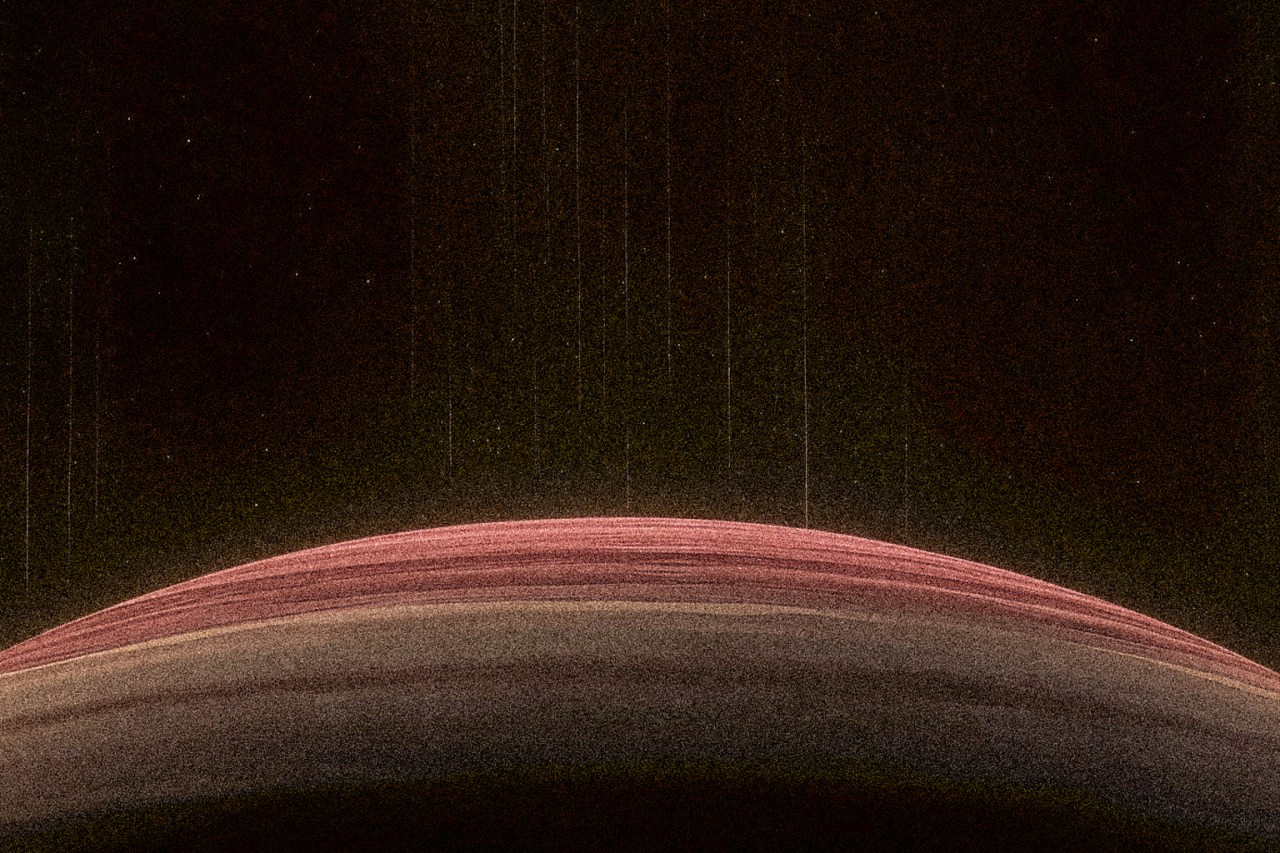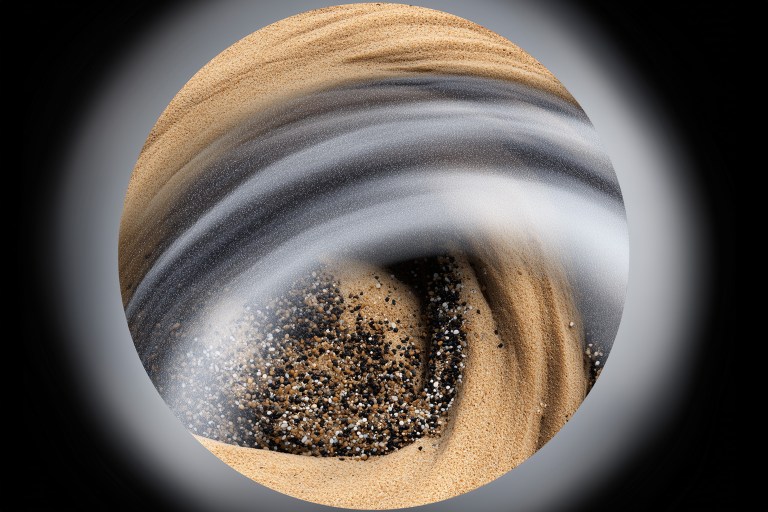
Scientists Found A Planet That Rains Sand And Might Hold Clues About The Beginning Of Time
The Universe remains a mystery to us, but every day, we learn something new that helps us put together the puzzle pieces of our existence. In this case, this far-off “sandcastle” world could tell us a thing or two about how planets are formed—and how our very own solar system came to be.

300 light-years away, astronomers discovered a youthful star (only 16.7 million years old, compared to our 4.6 billion-year-old Sun) that’s in the early stages of creating its own solar system. Using the James Webb Space Telescope, they’ve been observing two exoplanets orbiting this star—YSES-1 b and YSES-1 c.
However, these planets aren’t like our own world—instead, they mirror other faraway planets, such as Jupiter and Saturn, which are made up mostly of gasses. YSES-1 b and YSES-1 c have recently observed to have silicate clouds, or clouds made of sand that work similarly to our own clouds that are instead made of water. And yes, that means these planets are accustomed to sandstorms in a different sense than we’re used to—it quite literally rains sand.
But these planets are still in their early conception, still forming despite the fact that YSES-1 c already has 14 times the mass of Jupiter. They’re also much farther from their own sun than Jupiter or Saturn are from ours. That being said, all of this can (and probably will) change throughout their lifetimes, much like our own planets likely changed over millions and billions of years.
By continuing to watch and monitor these planets, scientists might get some key insights into the conception and evolution of our own solar system—and maybe even start to understand how our own world came to be. But at the very least, we’re continuing to learn something new every day—and the fact that sand can create actual clouds, similar to the way water does on Earth? That’s something awe-inspiring all on its own.

